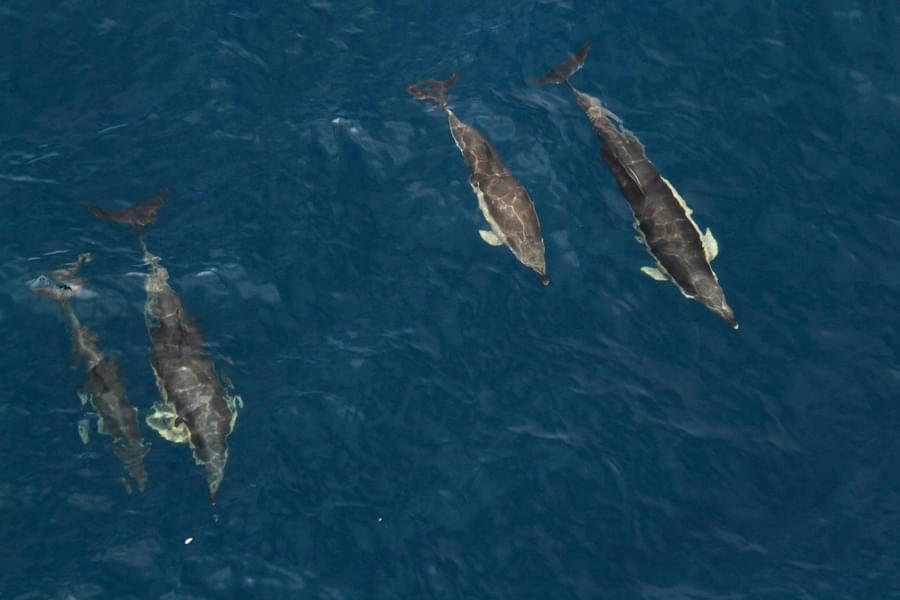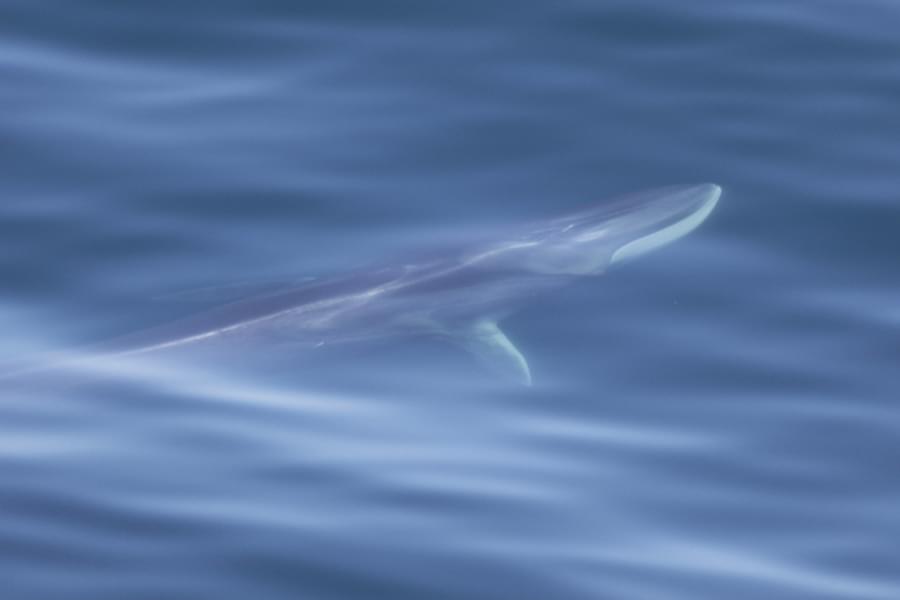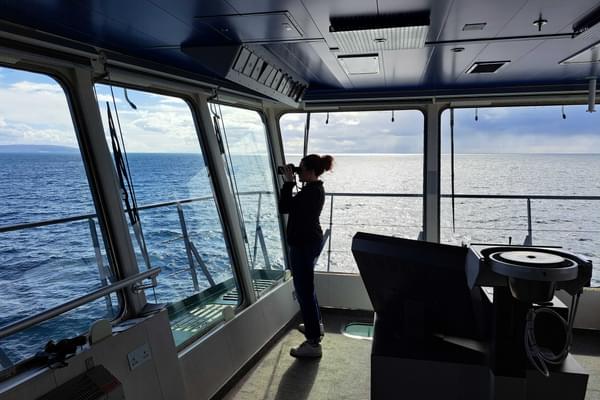A landmark UN treaty to safeguard marine biodiversity on the high seas has finally crossed the critical threshold needed to come into force. With Morocco and Sierra Leone becoming the 60th and 61st nations to ratify, the Agreement will officially enter into effect on 17 January 2026.
Formally known as the Agreement under the United Nations Convention on the Law of the Sea on the Conservation and Sustainable Use of Marine Biological Diversity of Areas Beyond National Jurisdiction (BBNJ), this treaty represents the first legally binding framework dedicated to protecting marine life in areas beyond any single nation’s control. Covering two-thirds of the world’s ocean - nearly half the surface of the Earth - the high seas are home to extraordinary biodiversity, much of it still undiscovered.
Why This Matters
Until now, the high seas have been described as a “Wild West”: an ocean frontier with little oversight, where industrial fishing, shipping, and emerging threats like deep-sea mining place immense pressure on ecosystems. Just 1% of these waters are currently protected, despite mounting evidence of biodiversity decline and climate vulnerability.
The High Seas Treaty changes that. It establishes mechanisms to create Marine Protected Areas in international waters and requires environmental impact assessments for activities that could harm fragile ecosystems. It also opens the door to stronger global collaboration in managing shared resources that underpin planetary health.
UN Secretary-General António Guterres called the milestone “a historic achievement for the ocean and for multilateralism,” stressing that it proves what is possible “when nations unite for the common good.” Leaders from across the globe echoed this sentiment, recognising the treaty as a cornerstone for delivering the international “30x30” goal to protect 30% of the ocean by 2030.

A Call for Swift Implementation
Conservation groups have rightly welcomed the breakthrough, but they also caution that the hard work begins now. Rebecca Hubbard of the High Seas Alliance reminded governments that “achieving 60 ratifications is not the finish line – it’s just the starting block.” Greenpeace has urged rapid action to turn the treaty into practical protections, warning that “our ocean can’t wait and neither can we.”
New analysis shows the scale of the challenge: to meet 30x30, countries must secure protections for over 12 million square kilometres every year for the next five years - an area larger than Canada.
The UK’s Position
The UK has signed the Agreement and introduced the Biodiversity Beyond National Jurisdiction Bill to Parliament earlier this month. With the second reading scheduled for October, campaigners are urging ministers to finalise ratification before the end of 2025, ensuring the UK is at the table for the treaty’s first Conference of the Parties.

ORCA’s Perspective
For ORCA, this treaty represents a crucial step toward safeguarding the ocean habitats that whales, dolphins and porpoises depend on. The high seas are migration corridors for countless species and vital feeding grounds for marine mammals - yet until now, they have been largely unprotected.
Sally Hamilton, ORCA’s CEO, welcomed the news:
“The High Seas Treaty is a lifeline for marine mammals and the wider ocean ecosystem. For the first time, we have a framework to create protected areas in waters beyond national borders. ORCA has long campaigned for stronger protections at sea, and this agreement gives us a real chance to secure the future of these extraordinary animals. Now the focus must be on swift, ambitious implementation.”
Looking Ahead
The first “Ocean COP” under the treaty is expected by late 2026. In the meantime, governments will be preparing proposals for High Seas Marine Protected Areas in globally significant biodiversity hotspots, from the Sargasso Sea to the Nazca Ridges.
For ORCA supporters, this is a moment to celebrate but also to stay engaged. The ratification milestone proves that international cooperation for the ocean is possible. The next step is ensuring the treaty delivers tangible protections that keep the high seas wild, resilient, and full of life for generations to come.

ORCA's work to protect whales and dolphins has never been more important and to help safeguard these amazing animals for the future we need your help. Please support our work by donating to help us create oceans alive with whales and dolphins

